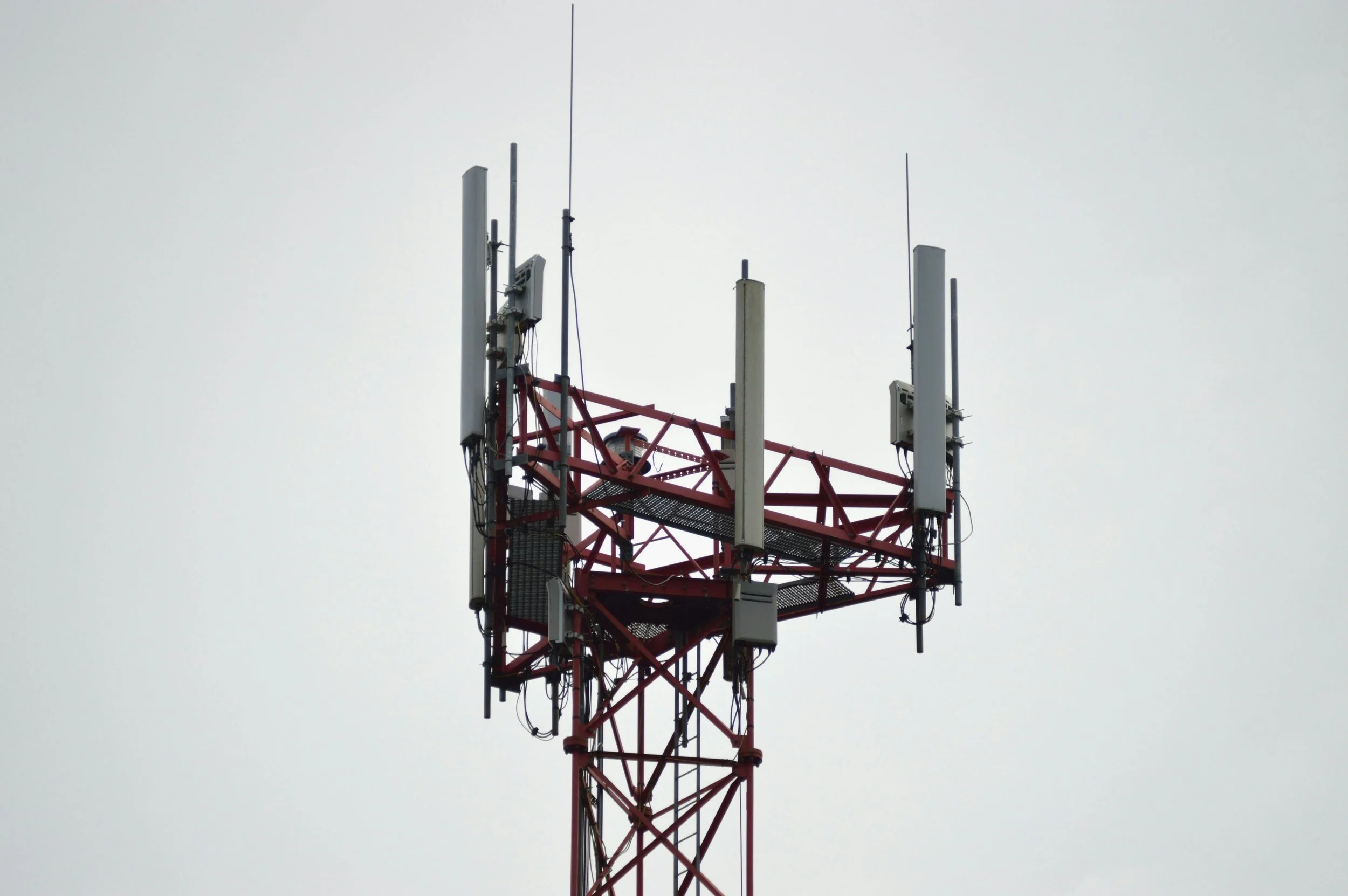Centralizing Crisis Communications for a Complex Government System
Serving a population of more than 10 million across dozens of independent departments, one of the country’s largest municipal governments faced critical challenges in its crisis communication capabilities. During high-stakes emergencies, ranging from wildfires to public health outbreaks, residents received inconsistent updates from different agencies, while many non-English-speaking communities were left without timely or accurate information.
We led the development of a countywide crisis communications strategy that unified messaging protocols across departments, modernized public engagement channels, and dramatically expanded language access. Working closely with leadership, we introduced real-time media monitoring, digital rapid response tools, and coordinated communications workflows. Notably, we increased translated content availability from 14 to 42 languages, enabling the agency to improve outreach to historically underserved populations with critical updates.
The results were measurable and immediate. Public trust metrics improved by 28%, and the program was nationally recognized as a model for inclusive, data-informed emergency response. In addition to stronger resident engagement, the strategy delivered $700,000 in procurement savings through streamlined systems and vendor consolidation. By transforming a fractured communications landscape into an agile, equity-centered platform, we helped redefine what effective crisis leadership can look like in the public sector.

